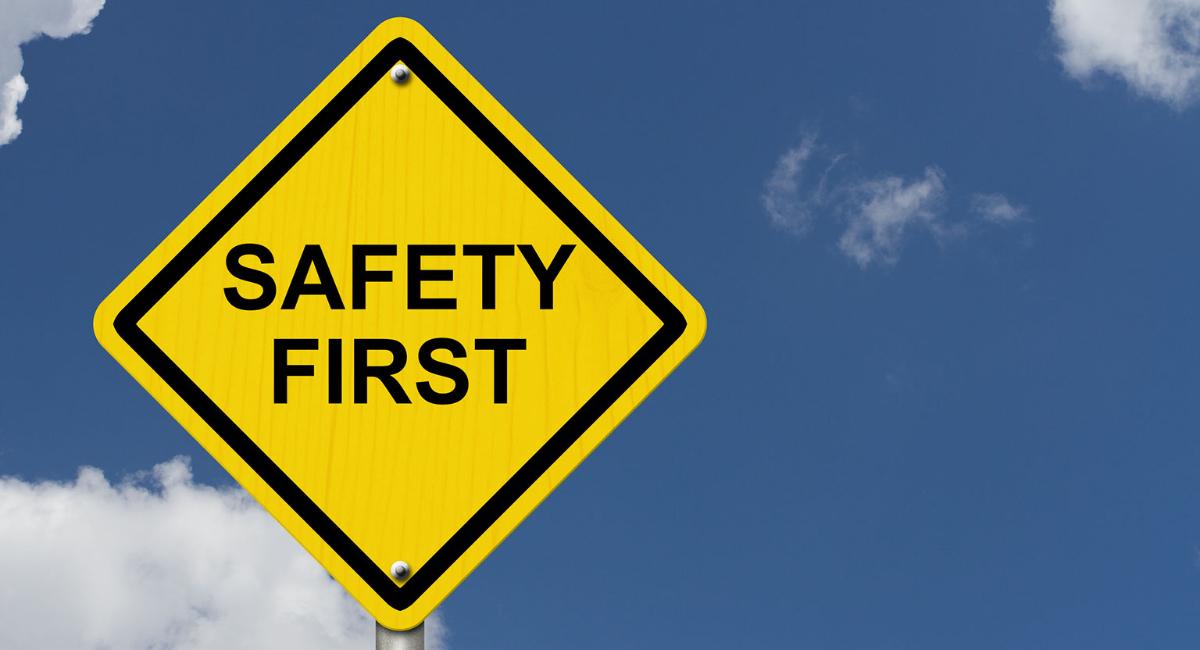
Weekly Safety Tip #55 - Lifting Safely
Lifting and carrying heavy objects is a routine part of many jobs, from warehouses and construction sites to offices and retail stores. However, improper lifting techniques can lead to serious back injuries, muscle strains, and long-term health issues. In fact, back injuries are one of the most common workplace ailments, often resulting in lost workdays and chronic pain. The good news? Most of these injuries are preventable with the right approach. By using proper lifting techniques, staying aware of your surroundings, and knowing your physical limits, you can significantly reduce the risk of injury and keep yourself safe on the job. Whether you're moving boxes, heavy equipment, or materials, following these simple yet effective lifting guidelines will help protect your body and ensure you work safely and efficiently.
1. Warm Up Before You Lift
Before any lifting, take a few minutes to stretch and loosen up your muscles. Stretching helps prevent muscle pulls, strains, and other injuries by preparing your body for movement.
2. Check Your Path
Ensure your way is clear of obstacles or tripping hazards before you start lifting. A clutter-free path reduces the risk of falls and allows you to move safely.
3. Hold the Load Close to Your Body
Keep the load close to your core at your natural center of gravity. Holding objects away from your body increases strain on your lower back and can throw off your balance.
4. Position Your Feet Correctly
Plant your feet shoulder-width apart for a stable base. One foot should be placed next to the load and the other slightly behind it for balance and control.
5. Bend at the Knees, Not the Waist
Never bend at your waist when lifting heavy objects. Squat down by bending at the knees while keeping your back straight. This technique allows your legs, rather than your back, to do the heavy lifting.
6. Keep Your Arms Close
Holding the object too far from your body increases strain on your muscles and spine. Keep your elbows tucked in and your arms close for better support.
7. Avoid Twisting While Lifting
If you need to turn while carrying a load, move your feet instead of twisting your waist. Twisting under strain can lead to serious back injuries.
8. Lower with Control
When setting down a load, bend your knees and lower it slowly, keeping your back straight. Ensure your hands and feet are clear before releasing the object.
9. Know Your Limits
Some loads are simply too heavy or awkward to handle alone. If a load feels too difficult to lift safely, ask for help or use a team-lifting approach. Safety should always come first!
Prioritize Safe Lifting Every Time
Practicing proper lifting techniques can prevent serious injuries and keep you working safely. By following these simple steps, you can protect your back and maintain a safe and productive work environment. Remember, lifting smart is lifting safe!
